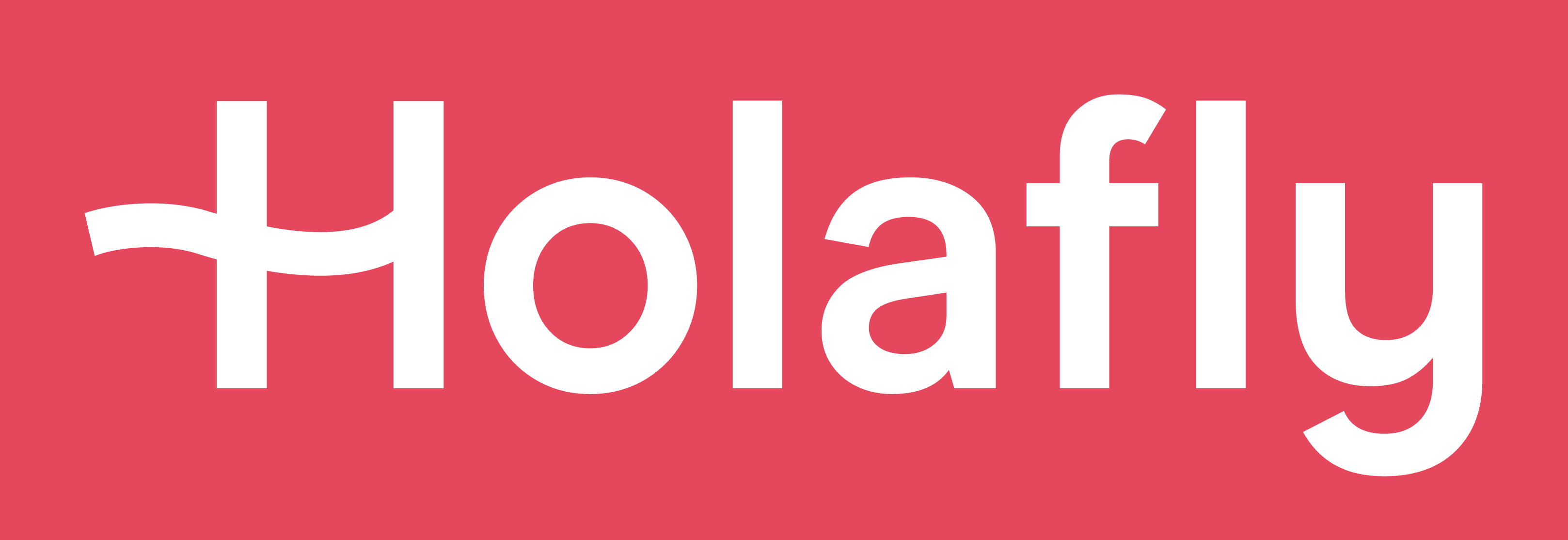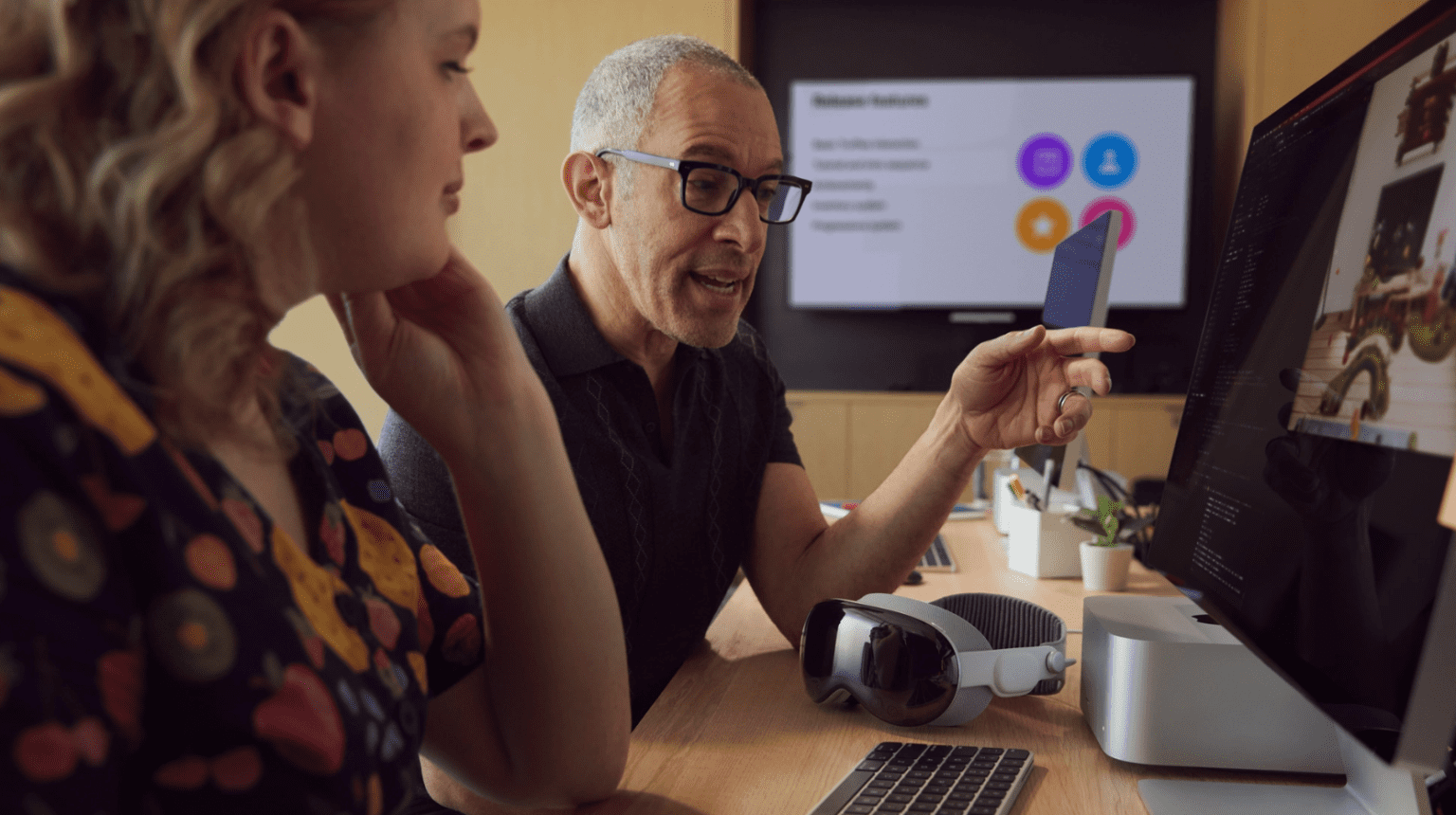Apple has been hard at work to garner developers’ attention for its Vision Pro headset through the introduction of developer labs and the release of developer kits. A new Digital Trends interview with Apple executives and developers working on Vision Pro apps showcases what developers have been up to working on the company’s next big thing before its scheduled release in early 2024.
Despite earlier reports of disappointing developers’ uptake of Apple’s dedicated Vision Pro labs, Apple states it has seen “extremely high, three-digit customer satisfaction for the labs that we’ve run so far,” according to Susan Prescott, Apple’s vice president of worldwide developer relations. Her colleague and senior director of Vision Pro’s product marketing, Steve Sinclair, has echoed a similar sentiment, adding that “the number of SDK downloads has exceeded our expectations.”
Vision Pro’s visionOS SDK has been available for developers to download since late June, allowing developers to get a taste of visionOS and build and test apps for Vision Pro without having to get their hands on the actual device with the ability to simulate their apps on Xcode. Moreover, Apple hopes that Vision Pro apps will be no stranger to its philosophy of quality preceding quantity, with Prescott stating that they “don’t just want to have a lot of apps available for Vision Pro — we want them to work great.”

Discover new horizons, always connected with eSIM
Travel the world stress and hassle-free with the best eSIM service available. Enjoy unlimited data, 5G speeds, and global coverage for affordable prices with Holafly. And, enjoy an exclusive 5% discount.
Sinclair argued that WWDC played a crucial role in engaging developers because it provided an opportunity for Apple to showcase the potential applications of Vision Pro to a developer-rich audience. In addition, the company was able to conduct hands-on experiences for developers with the device during its dedicated events held throughout the next week. “It’s those types of experiences that are going to inspire developers to create their own experiences,” adds Sinclair.
One of the things that we’ve observed is that when people first put on Vision Pro, they’re so blown away by the new spatial experiences that they see that they oftentimes forget that they’re actually wearing something.
When we’re working with developers, we really try to stress the importance of creating new experiences that take advantage of all those capabilities.” [That means building apps that] “flex from windows to apps to being able to create fully immersive applications that transport you somewhere else. Because those are the things that customers and users are going to be excited about.”
Steve Sinclair, senior director of product marketing for Apple Vision Pro
Sinclair goes on to explain that people will only be convinced of Vision Pro’s potential if they are shown “how amazing these experiences are and that this platform is able to deliver them” – and not by solely relying on the headset’s form factor. Much of these experiences are the developers’ responsibility to show off in their visionOS apps, as Sinclair adds proper execution from developers will “drive adoption and drive people’s enthusiasm for this platform.”
Despite dampening the importance of Vision Pro’s form factor, Sinclair attests that Apple’s goal with Vision Pro’s gesture-based and controller-free navigation experience is that people “should use something they already know how to use. It’s their eyes, it’s their hands, it’s their voice.”
Apple announced Vision Pro during its WWDC 2023 developer event a few months ago. The product was announced with great fanfare but is still in development, with the mixed-reality headset schuduled to be released sometime in early 2024 with likely constrained supply limited to the United States only.



